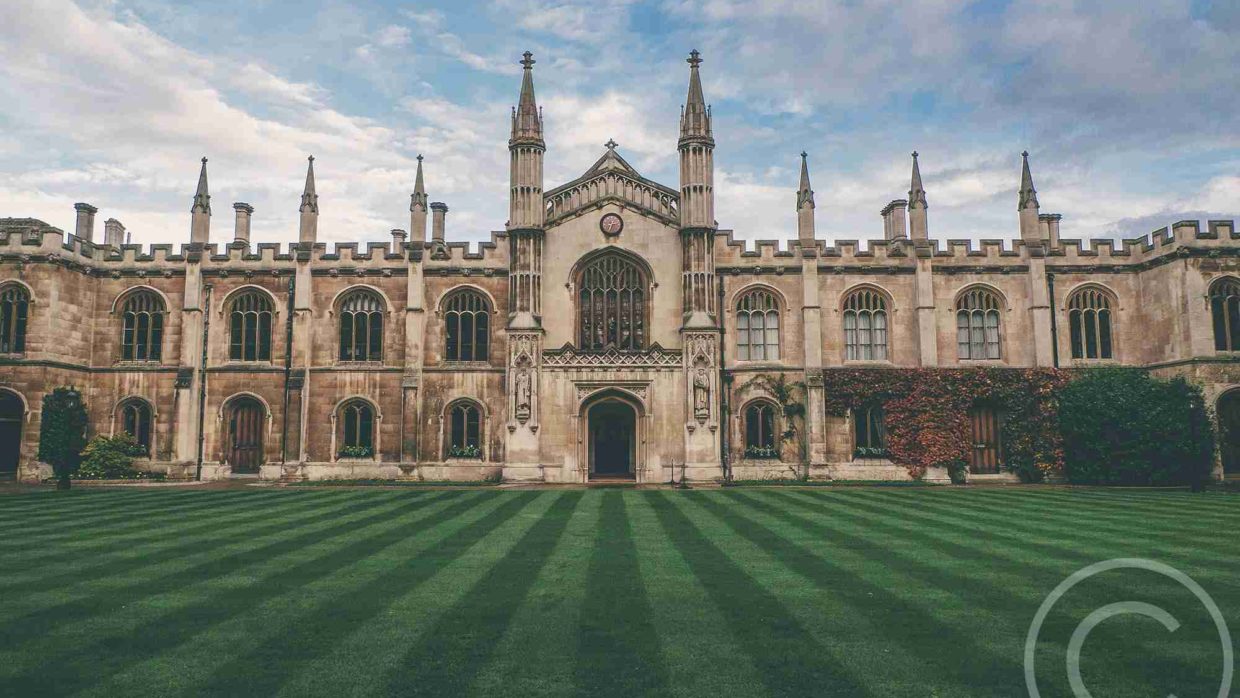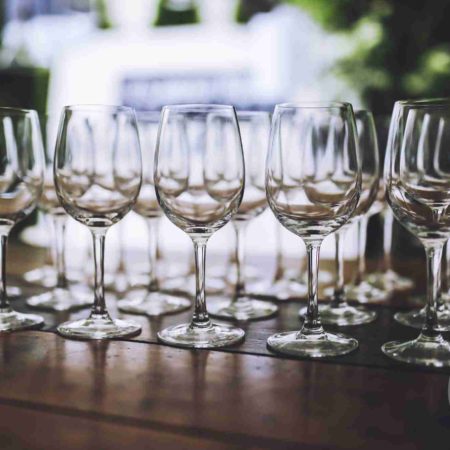Grand Cru (great growth) is the highest level in the vineyard classification of Burgundy. There are a total of 550 hectares (1,400 acres) of Grand Cru vineyards – approximately 2% of Burgundy’s 28,000 hectares (69,000 acres) of vineyards (excluding Beaujolais) – of which 356 hectares (880 acres) produce red wine and 194 hectares (480 acres)

Old World wine refers primarily to wine made in Europe but can also include other regions of the Mediterranean basin with long histories of winemaking such as North Africa and the Near East. The phrase is often used in contrast to “New World wine” which refers primarily to wines from New World wine regions such
The earliest recorded mention of Merlot (under the synonym of Merlau) was in the notes of a local Bordeaux official who in 1784 labeled wine made from the grape in the Libournais region as one of the area’s best. In 1824, the word Merlot itself appeared in an article on Médoc wine where it was

Zinfandel (also known as Primitivo) is a variety of black-skinned wine grape. The variety is planted in over 10 percent of California vineyards. DNA fingerprinting revealed that it is genetically equivalent to the Croatian grapes Crljenak Kaštelanski and Tribidrag, as well as to the Primitivo variety traditionally grown in Puglia (the “heel” of Italy), where
White wine is a wine whose colour can be straw-yellow, yellow-green, or yellow-gold coloured. It is produced by the alcoholic fermentation of the non-coloured pulp of grapes which may have a white or black skin. It is treated so as to maintain a yellow transparent colour in the final product. The wide variety of white
Burgundy wine (French: Bourgogne or vin de Bourgogne) is wine made in the Burgundy region in eastern France, in the valleys and slopes west of the Saône River, a tributary of the Rhône. The most famous wines produced here—those commonly referred to as “Burgundies”—are dry red wines made from Pinot noir grapes and white wines
Barolo is a red Denominazione di Origine Controllata e Garantita (DOCG) wine produced in the northern Italian region of Piedmont. It is made from the Nebbiolo grape and is often described as one of Italy’s greatest wines. The zone of production extends into the communes of Barolo, Castiglione Falletto, Serralunga d’Alba and parts of the communes of Cherasco, Diano d’Alba, Grinzane Cavour, La Morra, Monforte d’Alba, Novello, Roddi, Verduno, all in the province of Cuneo, south-west of Alba. Only vineyards planted in primarily calcareous-clay soils in the hills with suitable slopes and orientations are considered suitable for Barolo production. Barolo is often described as having the aromas of tar and roses, and the wines are noted for their ability to age and usually take on a rust red tinge as they mature. When subjected to aging of at least five years before release, the wine can be labeled a Riserva.
Traditionally New World wine used names of well-known European regions, such as Burgundy, Champagne, Sherry, Port, and Hock. This gave consumers a general idea of how the wine might taste. This changed as winemakers developed the confidence to develop their own styles of wine such as Grange. Europeans producers objected to the use of their














